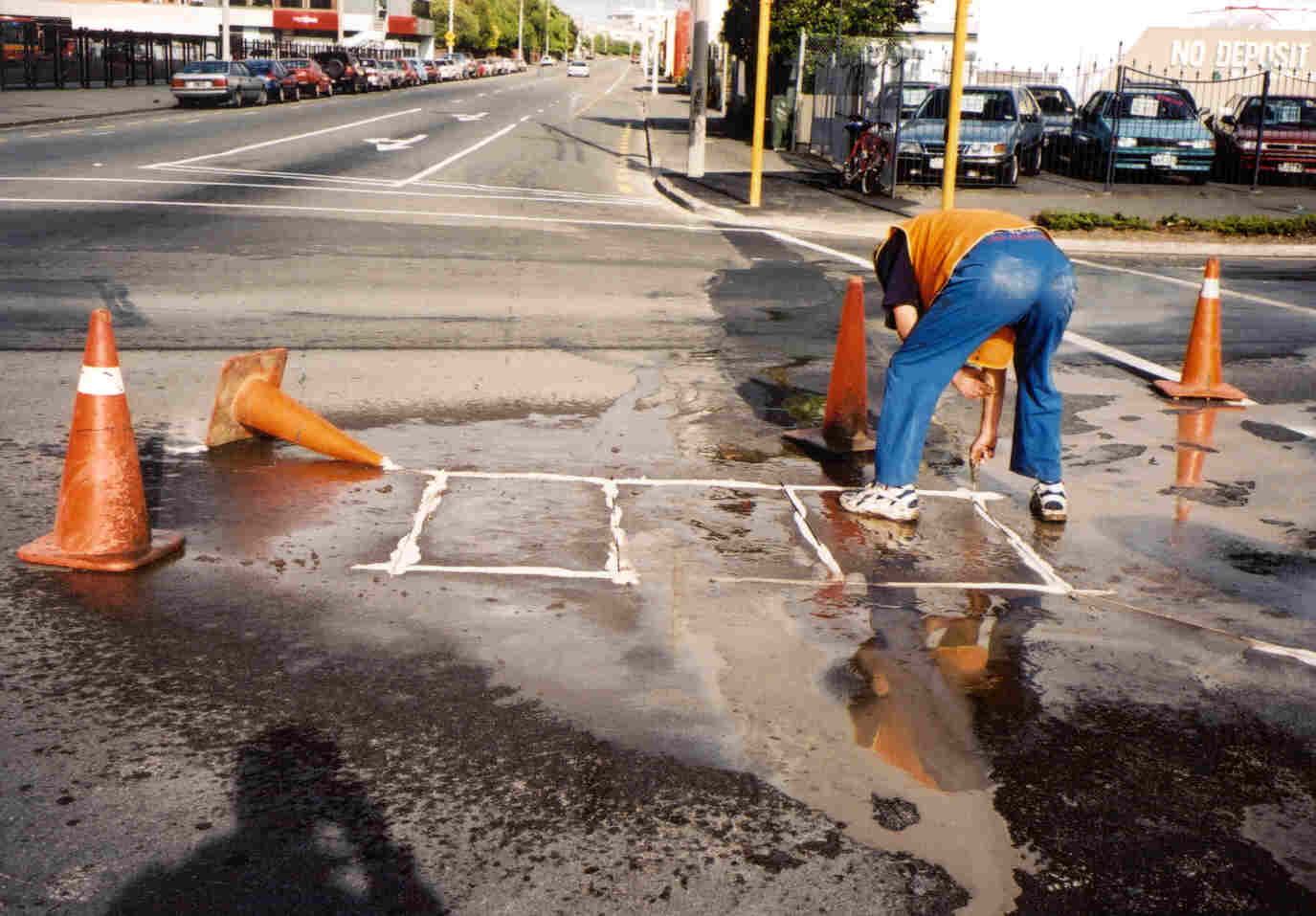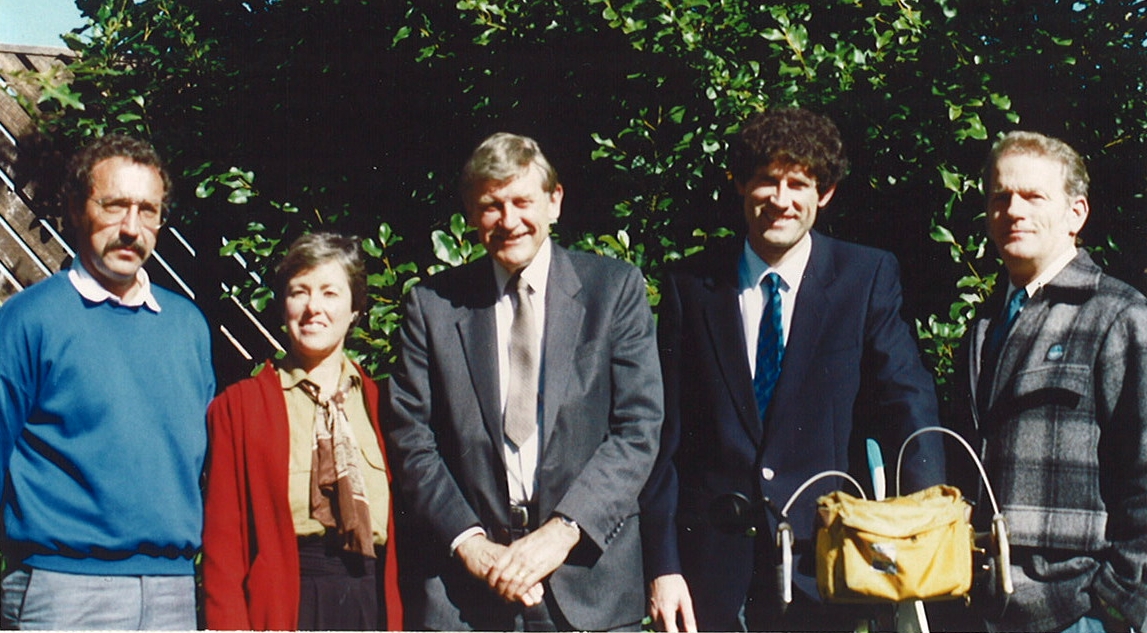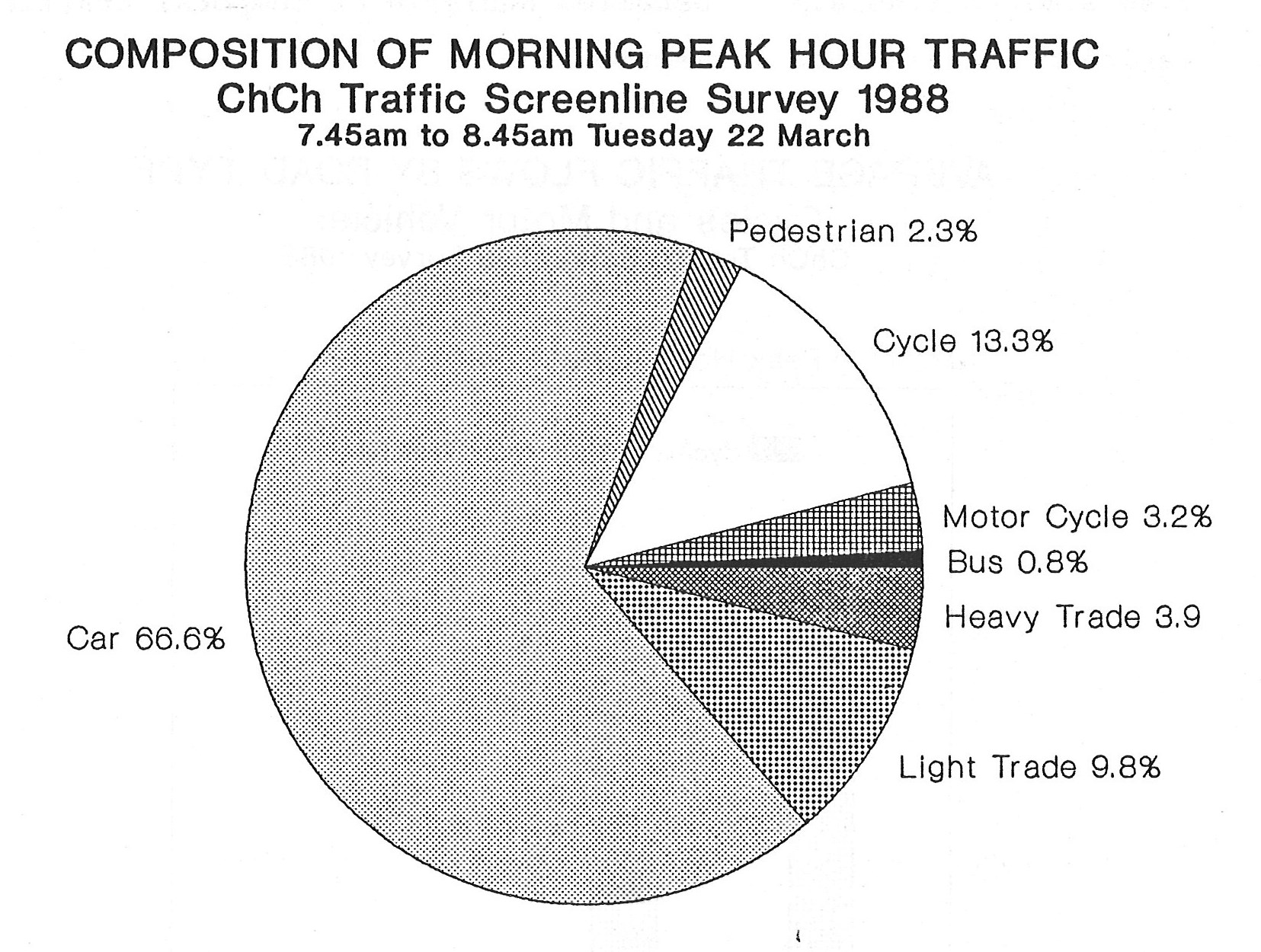Research and publications
We carry out transport research, think-pieces and policy guidance for national agencies, local councils, and other clients, and regularly publish and present to the industry (including many award-winning papers). Below are links to our latest published work:

 The introduction of bicycle lanes in Toronto and other North American cities over recent years marks an important trend. Perhaps for the first time in North America since the invention of the automobile, road space for motor vehicles is being reallocated to bicycles.
The introduction of bicycle lanes in Toronto and other North American cities over recent years marks an important trend. Perhaps for the first time in North America since the invention of the automobile, road space for motor vehicles is being reallocated to bicycles. The analysis has shown that there is a real problem of insufficient intergreen timings for cyclists. The graphs included support the need for a treatment of the problem, as 3 to 4 seconds of clearance time is missing at wide intersections.
The analysis has shown that there is a real problem of insufficient intergreen timings for cyclists. The graphs included support the need for a treatment of the problem, as 3 to 4 seconds of clearance time is missing at wide intersections. This seminal study of cycle use and crashes in Christchurch was undertaken with surveys of adult cyclists, school cyclists and medical facilities in 1989. Extensive analysis was done in 1990, with the final report being published in 1991 by Transit New Zealand as Research Report No. 7.
This seminal study of cycle use and crashes in Christchurch was undertaken with surveys of adult cyclists, school cyclists and medical facilities in 1989. Extensive analysis was done in 1990, with the final report being published in 1991 by Transit New Zealand as Research Report No. 7. Recorded for posterity - an historic report of a traffic survey of 1988 at 46 locations throughout Christchurch, using the railway lines as a traffic counting screenline.
Recorded for posterity - an historic report of a traffic survey of 1988 at 46 locations throughout Christchurch, using the railway lines as a traffic counting screenline.